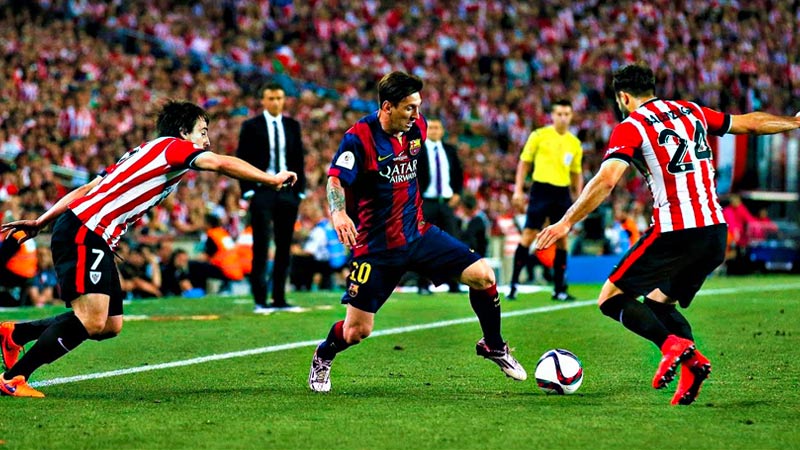Soccer, also known as football in many parts of the world, is a sport that captivates millions with its fast-paced action and breathtaking moments on the field.
Behind the glamour of goals and celebrations lies a world of intricate skills that players must master to excel in the game. Whether you’re a seasoned player or a soccer enthusiast, understanding the essential skills that shape this beautiful sport is crucial.
In this blog post, we’ll delve into a comprehensive list of soccer skills that every player needs to know, from the basics to the advanced techniques that leave spectators in awe.
List of Soccer Skills: Best 15 Skills Every Player Should Learn
Soccer is a sport that demands a diverse set of skills from its players. From dribbling to free-kicks, here is a list of essential soccer skills that define the game’s beauty and excitement.
Dribbling
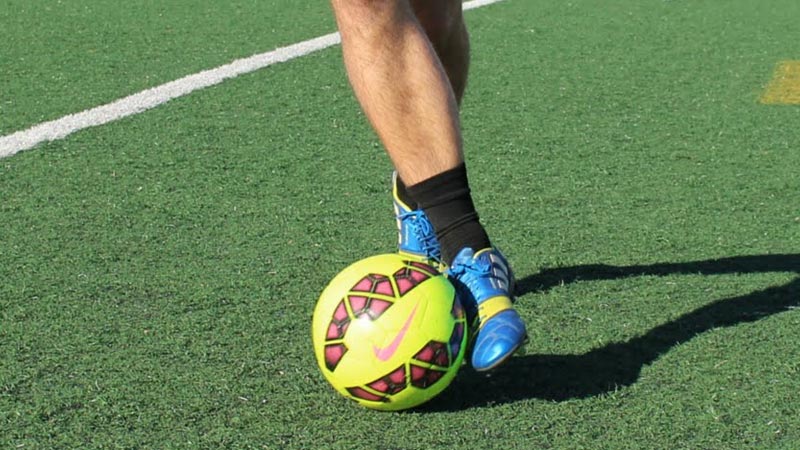
Dribbling is one of the most fundamental soccer skills, allowing players to maneuver the ball effectively while evading opponents. It involves close ball control and quick footwork, enabling players to navigate through tight spaces and maintain possession.
The art of dribbling requires players to be adept at using both feet, which allows for greater unpredictability and flexibility on the field. Skilled dribblers possess excellent body feints and changes of direction, keeping defenders off-balance and creating opportunities for their team.
Successful dribbling not only showcases individual flair but also aids in breaking down organized defenses, opening up channels for attacking plays. Mastering dribbling demands countless hours of practice to enhance touch, balance, and spatial awareness, enabling players to become true playmakers.
Shooting
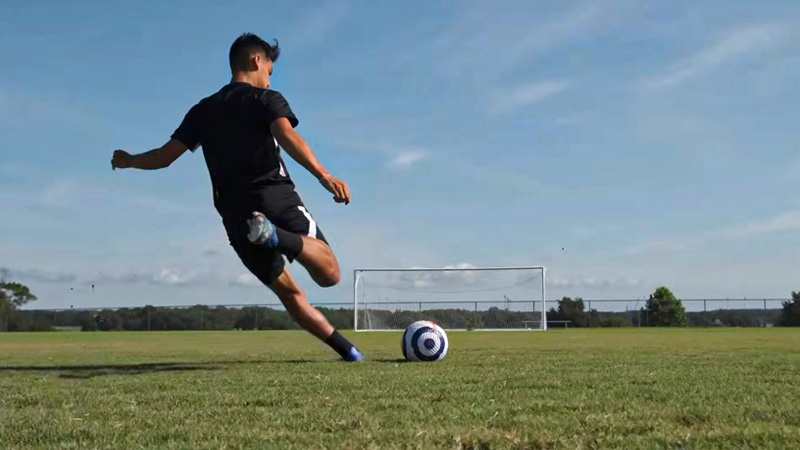
Shooting is a decisive skill that determines a player’s ability to score goals and directly impact the outcome of matches. Executing powerful and accurate shots demands a combination of technique, power, and composure.
The proper striking technique involves maintaining balance, generating force from the entire body, and striking the ball with precision. Players must be proficient in shooting with both feet and from various distances to keep defenders guessing and goalkeepers on their toes.
Additionally, understanding different shooting techniques like volleys, chips, and curls adds further dimensions to a player’s attacking repertoire. Regular practice and experience build a player’s confidence in shooting situations, allowing them to capitalize on scoring opportunities effectively.
Passing
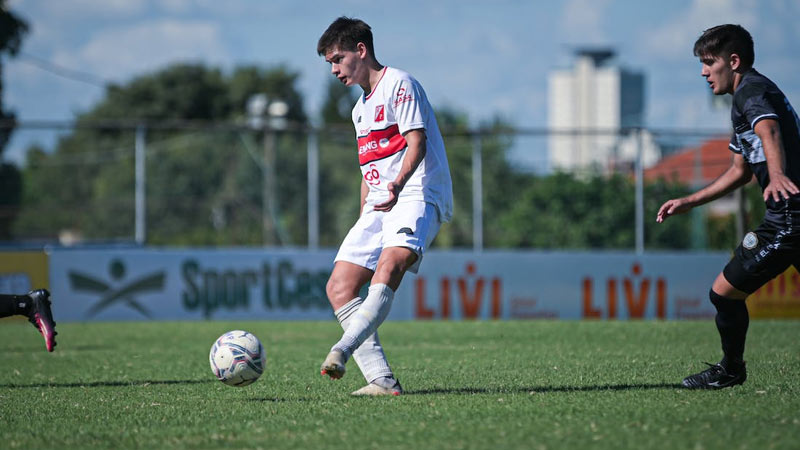
Passing is a fundamental aspect of soccer, emphasizing teamwork and communication on the field. It involves transferring the ball accurately and swiftly to teammates, enabling seamless ball circulation and the creation of goal-scoring opportunities.
The skill of passing encompasses various techniques, such as short passes, long passes, through balls, and chips, each serving distinct tactical purposes. Players must develop excellent vision and awareness of their surroundings to identify passing lanes and exploit gaps in the opposition’s defense.
Additionally, passing accuracy and timing play crucial roles in maintaining possession and launching effective attacks. Skillful passing allows teams to control the tempo of the game and dominate possession, making it an indispensable skill for players in any position on the field.
Heading

Heading is a specialized soccer skill that involves making contact with the ball using the forehead to direct it in a desired direction. It is primarily used during aerial duels and set-piece situations, such as corners and free-kicks. Timing, coordination, and the ability to read the flight of the ball are essential for successful heading.
Defensive players use heading to clear the ball from dangerous areas while attacking players utilize it to score goals. Proper technique is vital to avoid injuries and generate enough power and accuracy to influence the trajectory of the ball.
Players must also be able to position themselves well in relation to the ball and opponents during aerial challenges. Heading requires courage and a willingness to compete physically, making it an integral part of a player’s skill set, especially for central defenders and forwards.
Tackling
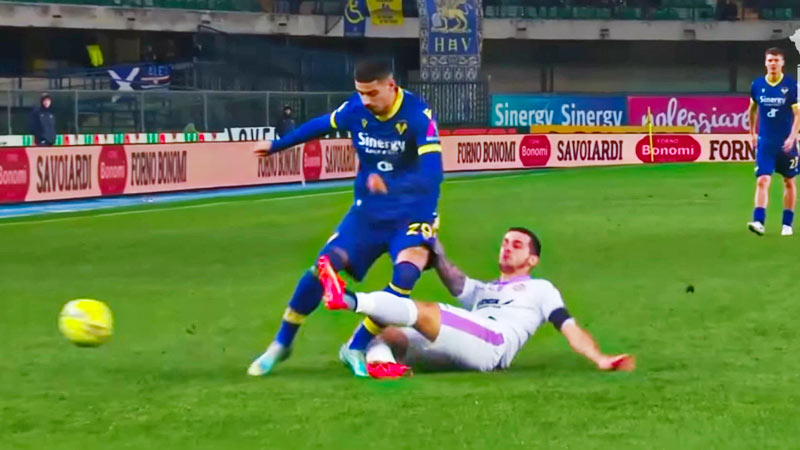
Tackling is a fundamental defensive skill in soccer, essential for winning back possession from the opposing team. It involves using precise timing, technique, and physicality to legally dispossess an opponent of the ball.
A well-executed tackle requires the player to approach the ball carrier with confidence and anticipation, aiming to make a clean challenge without committing a foul. Successful tackles not only halt the opponent’s progress but also provide an opportunity for a counter-attack.
A good tackler must combine mental awareness with physical prowess. Anticipating the opponent’s movements and intentions is crucial to positioning oneself effectively for the tackle.
It is vital to stay on one’s feet and avoid sliding tackles unless absolutely necessary, as a mistimed slide can lead to fouls or even injuries. Properly executed tackles help showcase a player’s defensive capabilities and contribute significantly to the overall performance of the team.
Ball Control
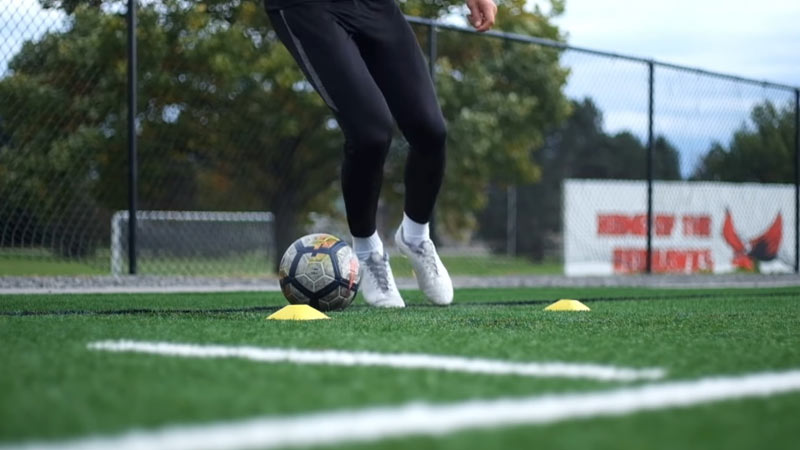
Ball control is a foundational skill that allows players to receive, retain, and manipulate the ball efficiently. It involves using various parts of the body, such as feet, thighs, chest, and head, to receive passes, dribble, or shoot accurately.
A player with excellent ball control can keep the ball close to their feet, enabling them to navigate through tight spaces and maintain possession even under pressure.
The ability to receive a pass smoothly and instantly bring it under control is an essential aspect of ball control. Players need to develop a soft first touch that minimizes the ball’s bounce off their feet, making it easier to execute subsequent moves.
Mastering ball control allows players to exploit their technical abilities to the fullest, opening up possibilities for creative plays and strategic decision-making on the field.
Agility
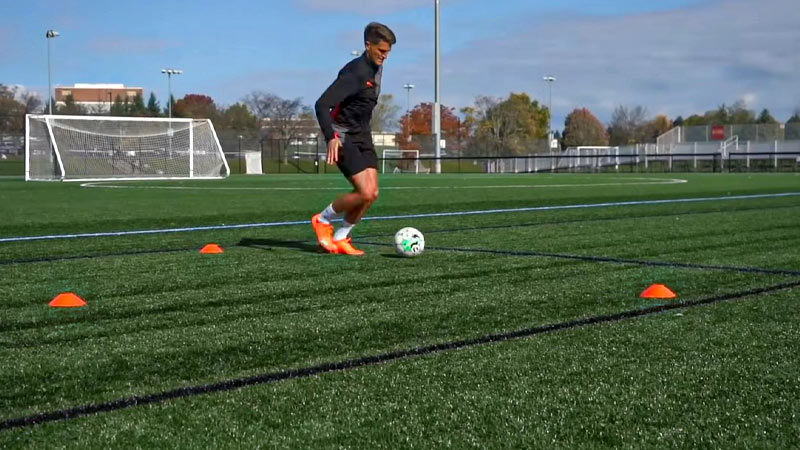
Agility is a soccer skill that refers to a player’s ability to change direction quickly and efficiently while maintaining balance and coordination. Agile players can evade opponents, create space, and react swiftly to the dynamic nature of the game.
Agility encompasses various movements such as quick turns, sudden stops, and rapid accelerations, all of which are crucial for both offensive and defensive situations.
Developing agility requires a combination of physical fitness and technical proficiency. Agility drills, footwork exercises, and plyometric training can enhance a player’s ability to shift direction rapidly.
Moreover, having strong core muscles and good proprioception aids in maintaining stability and control during agile movements. In soccer, where split-second decisions can determine the outcome of a match, agility plays a pivotal role in the success of a player and the team as a whole.
Vision

Vision is an exceptional soccer skill that separates great players from the rest. It refers to a player’s ability to perceive the field comprehensively, analyzing the positions of teammates, opponents, and available spaces to make well-informed decisions quickly.
Players with exceptional vision possess a high level of soccer intelligence, as they can anticipate potential moves and create opportunities for their team. Having excellent vision involves scanning the field constantly, even when not in possession of the ball, to assess the game’s unfolding dynamics.
Players with good vision can deliver precise long passes, spot openings in the opposition’s defense, and execute creative through balls to set up goal-scoring chances. This skill is particularly crucial for playmakers and midfielders who act as the team’s chief strategists, orchestrating the flow of the game.
To enhance vision, players can work on their awareness through mental visualization exercises and improving peripheral vision. Understanding the game’s tactical aspects and studying the patterns of play further sharpens a player’s vision, making them more influential and effective in the team’s overall performance.
Speed

Speed is a crucial soccer skill that refers to a player’s ability to cover distances rapidly on the field. Players with exceptional speed can swiftly outpace opponents, create scoring opportunities, and recover defensively.
Speed is not solely about raw sprinting pace but also involves quick acceleration, change of direction, and explosive bursts of movement. A player’s running technique, stride length, and frequency are also key factors contributing to their speed.
In a match, speed can be the difference-maker, allowing a player to break away from defenders, chase down opponents, or beat the goalkeeper to a loose ball.
Players with great speed are often deployed as wingers or forwards, utilizing their rapid bursts to penetrate defenses and set up goal-scoring chances. Moreover, speed can also be an advantage for defenders, enabling them to catch up with attackers and make last-ditch tackles.
Stamina
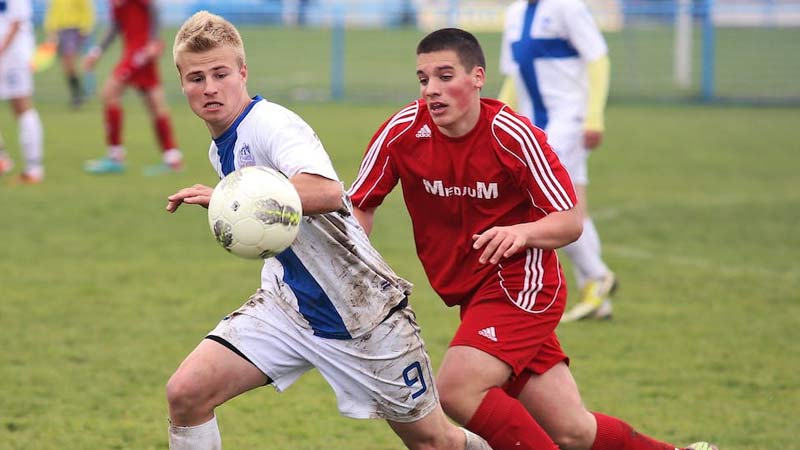
Stamina is the measure of a player’s endurance and capacity to maintain high levels of physical activity throughout a match. Soccer is a demanding sport that requires players to cover vast distances, engage in repeated sprints, and constantly change their pace.
A player with high stamina can stay effective even in the latter stages of a game when fatigue can be a deciding factor. Stamina is built through rigorous training, focusing on cardiovascular exercises, interval training, and endurance drills.
Players with superior stamina can continually press the opposition, track back to defend, and provide support to their teammates. Their ability to maintain intensity from the first whistle to the last is invaluable, and they often become key players in high-pressure matches.
Juggling
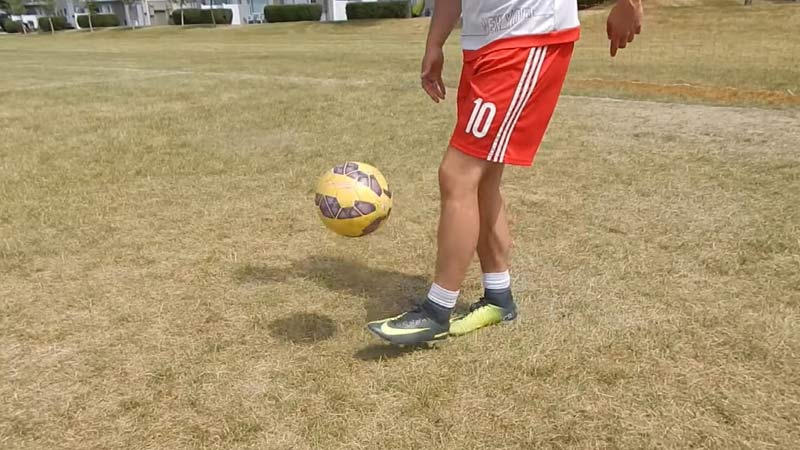
Juggling in soccer involves keeping the ball aloft using various parts of the body, primarily the feet, thighs, and head. It is an essential skill that helps players improve their first touch, ball control, and overall coordination.
Juggling can be practiced individually or as a group exercise, and it requires a high level of focus and precision. Juggling enhances a player’s ability to read the ball’s trajectory, allowing them to react quickly and adeptly during matches.
Additionally, it strengthens the leg muscles, promoting better balance and touch on the ball. As players progress in their juggling skills, they can perform more complex tricks, which not only add flair to their game but also boost their confidence on the pitch.
Shielding
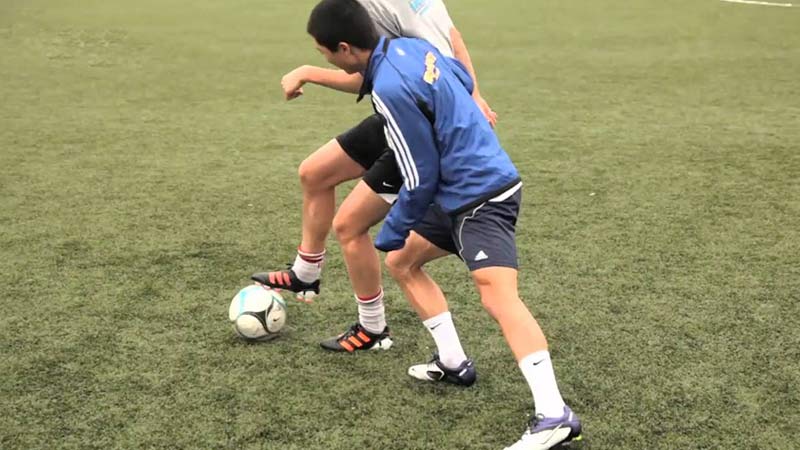
Shielding, also known as “holding off,” is a critical technique used by players to protect the ball from opponents. It involves positioning one’s body between the ball and the defender while using physical strength and balance to maintain possession.
Shielding is particularly useful when a player receives the ball with their back to the goal or when they want to maintain possession while under pressure. Effective shielding requires players to use their arms and body to create a barrier that prevents opponents from reaching the ball without committing a foul.
This skill is commonly employed by strikers and midfielders to buy time for their teammates to move into better positions or to draw fouls from the opposition. It demands a good understanding of body positioning and the ability to absorb pressure while maintaining control of the ball, making it an essential skill for players in various positions on the field.
Crossing
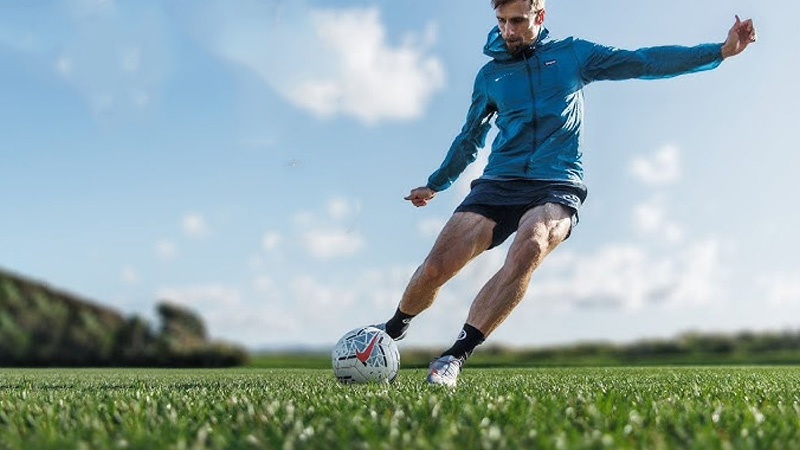
Crossing is a fundamental soccer skill that involves delivering accurate and well-placed passes from the flanks into the opponent’s penalty area. This skill is primarily executed by wingers or full-backs and plays a crucial role in creating goal-scoring opportunities.
The success of a cross heavily relies on the technique and precision of the player. A perfect cross requires the player to strike the ball with the right amount of power and swerve, allowing it to bypass defenders and reach the intended target within the box.
It’s essential to make the cross at the right moment, as the attacking players need to time their runs to connect with the ball and score. Mastering crossing involves hours of practice, understanding the movement of teammates, and developing the ability to read the game effectively.
Free-kicks
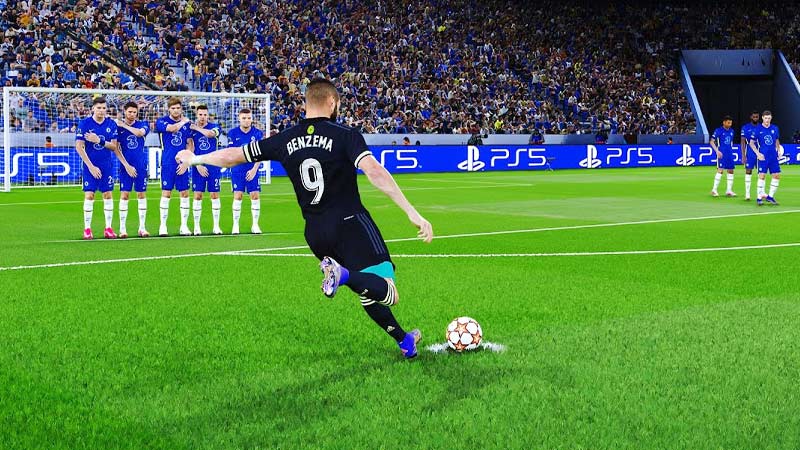
Free kicks are one of the most exciting and critical moments in a soccer match. They occur when a foul is committed, and the opposing team is given a chance to take an unopposed kick from a stationary ball at a designated spot.
The outcome of a free kick can be game-changing, as it offers an opportunity to score directly or create goal-scoring chances. Skilled free-kick takers possess exceptional technique and finesse to put spin and precision on the ball.
They can either go for power and aim to blast the ball into the net or opt for a curling shot to bend it around the defensive wall. The success of a free-kick depends on the taker’s ability to read the situation, the position of the defensive wall, and the goalkeeper’s positioning.
Nutmeg

The nutmeg, often referred to as “megging,” is a cheeky soccer skill that involves passing the ball through an opponent’s legs while maintaining possession. It’s a display of skill and flair that can instantly humiliate the defender, leaving them frustrated and the crowd delighted.
To execute a successful nutmeg, the attacking player must be quick-witted and agile, looking for the right moment to exploit the defender’s stance and timing. The move can be performed with either a well-timed dribble or a sharp pass, and it requires exceptional ball control and precise footwork.
While nutmegs are entertaining, they are also high-risk moves, as a poorly executed attempt can lead to a loss of possession and a counter-attack for the opposing team. Players who can consistently pull off nutmegs add a touch of creativity and unpredictability to their team’s attacking play.
FAQs
What are the fundamental soccer skills?
Dribbling, shooting, passing, heading, and ball control are considered fundamental soccer skills. These form the building blocks of a player’s abilities on the field.
Which skills are crucial for attackers?
For attackers, skills like agility, speed, vision, and crossing are vital. These enable them to create scoring opportunities and effectively penetrate the opposition’s defense.
What are the defensive skills players should focus on?
Defenders need strong tackling abilities, positioning, and heading skills. Their primary goal is to prevent the opposing team from scoring and regain possession of the ball.
How do free kicks and corners influence the game?
Free kicks and corners offer set-piece opportunities, where players can execute well-planned strategies to score goals or create goal-scoring chances.
Can anyone learn soccer skills, or are they innate talents?
While some natural talent can help, most soccer skills can be learned and improved through consistent practice, dedication, and proper coaching.
Bottom Line
Soccer is a sport that celebrates the artistry of individual players and the collective brilliance of teams. Mastering a wide range of soccer skills is what sets great players apart from the rest.
By honing their abilities in dribbling, shooting, passing, and more, athletes can elevate their game and contribute to the excitement and thrill that make soccer a truly beloved sport worldwide.
Whether you’re a player aspiring to reach new heights or a fan cherishing the skills of your favorite players, embracing and understanding the elements that compose the list of soccer skills enhances the appreciation of this captivating sport.
Have a nice day.

